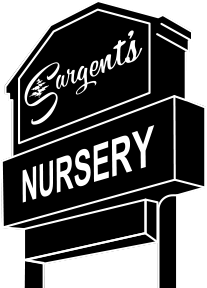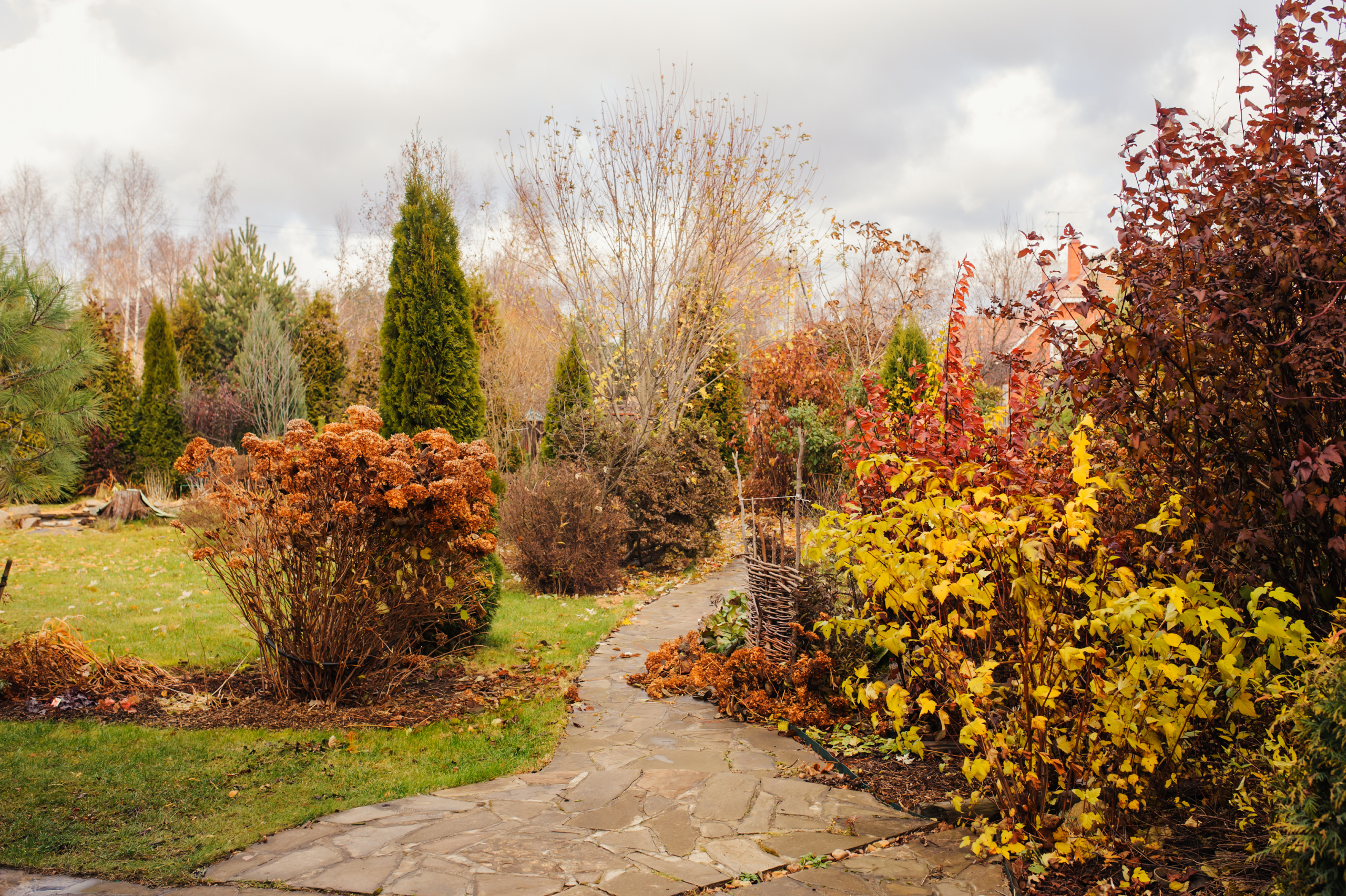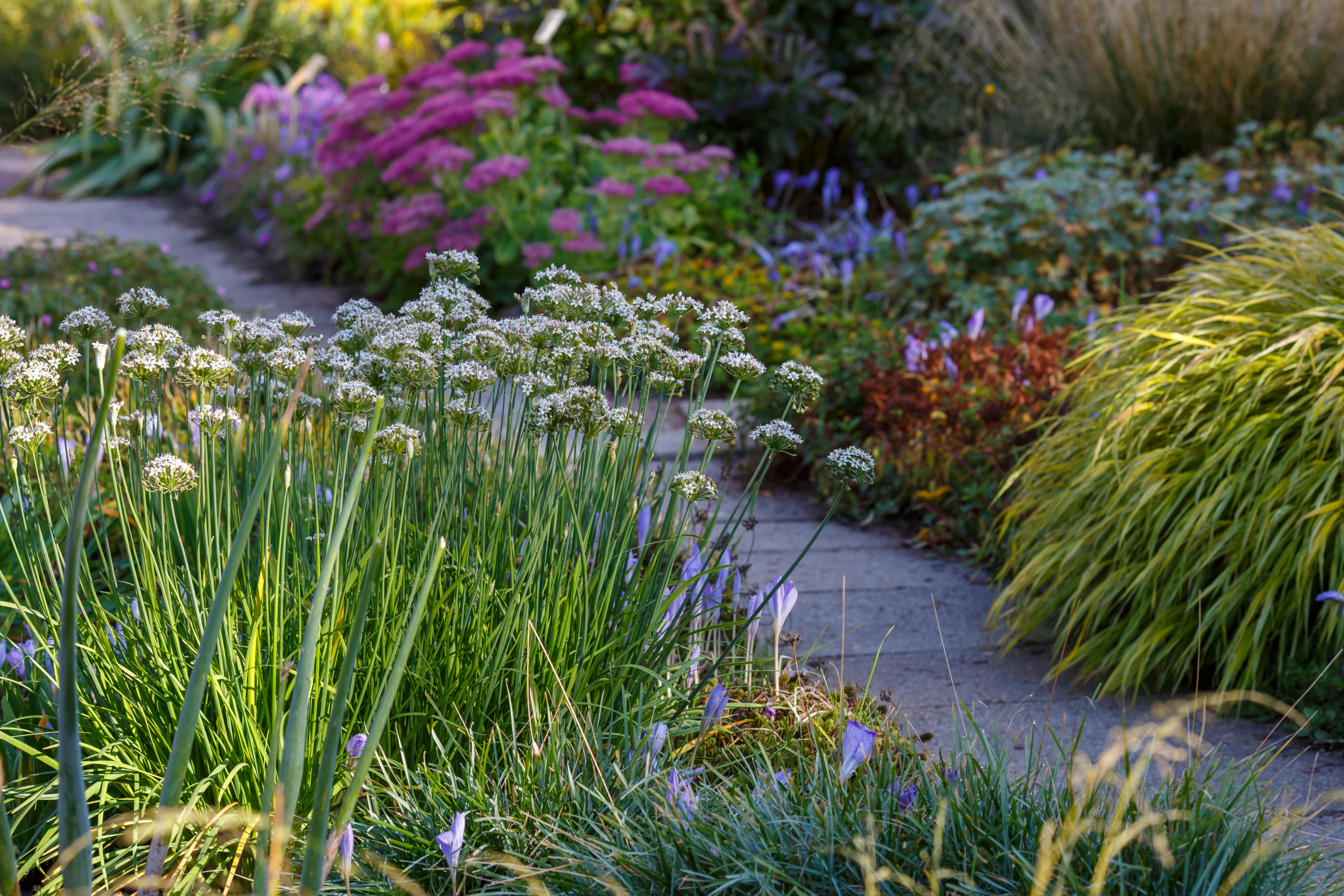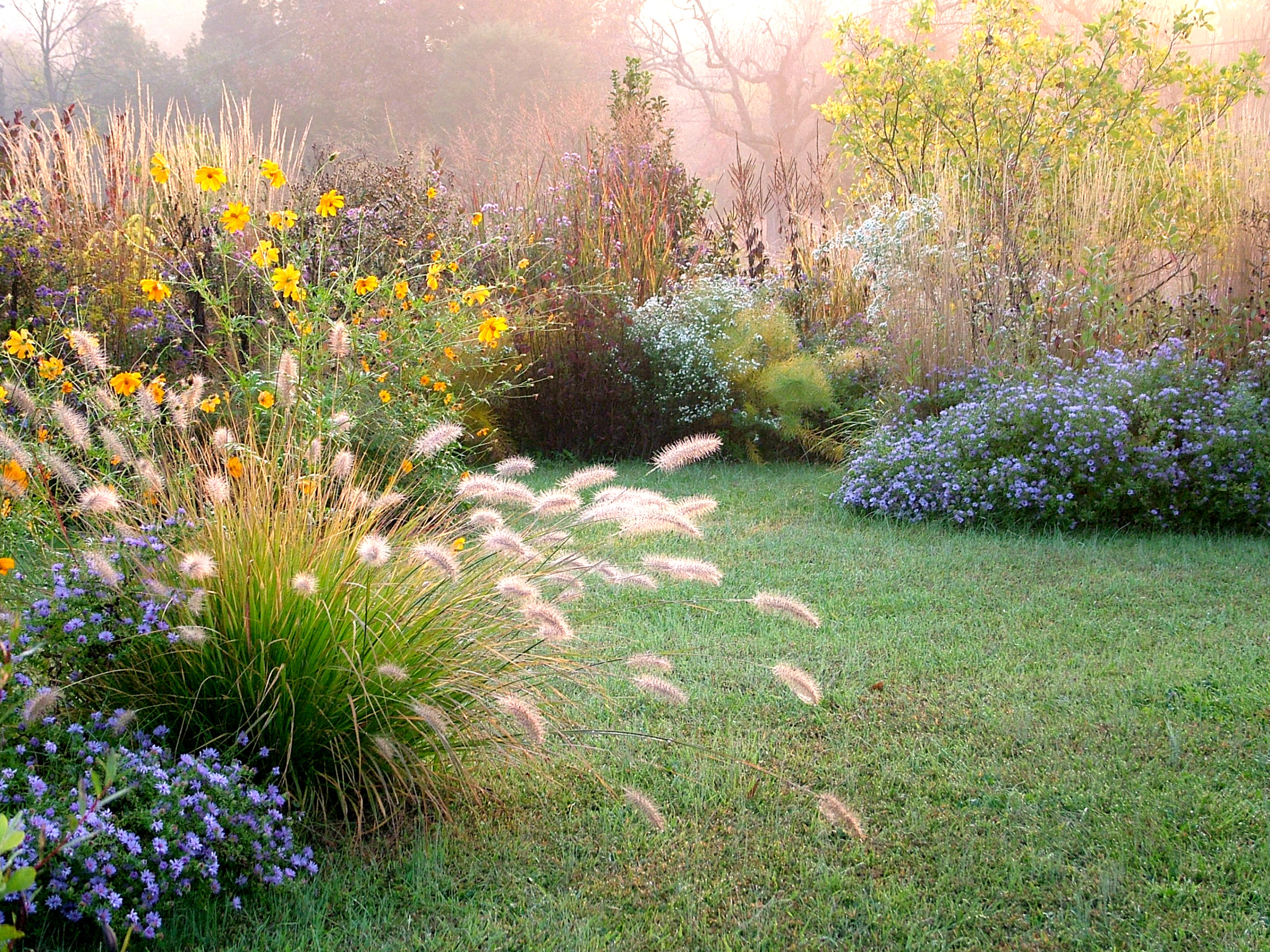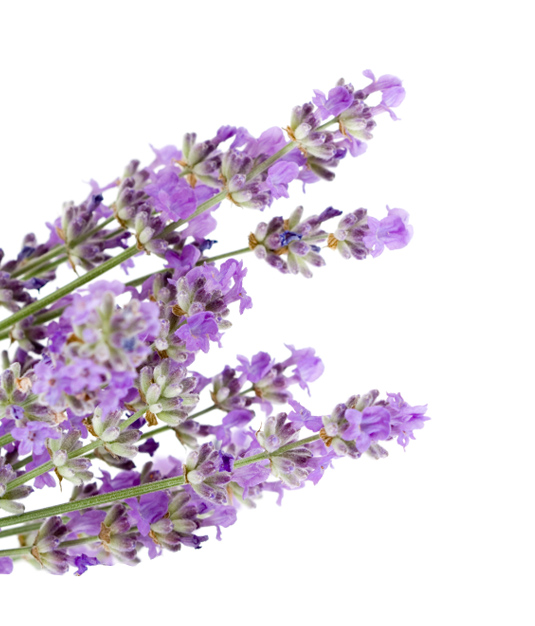
Information and Resources for Plant-Lovers
Beautiful landscaping and fruitful gardens are more accessible than ever before! At Sargent’s Nursery, you’ll find everything you need whether you’re just starting to tend to your green thumb or you’re a horticulturist extraordinaire. Plus, we’ve got the tips and tricks to help you get the most out of your outdoor space!
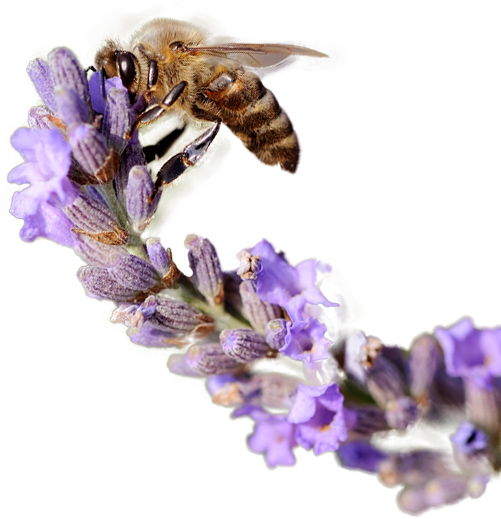
Educational Resources
& Videos
When it comes to gardening, landscaping, and the environment in general, there’s a lot to learn and remember. That’s why we’ve put together a wonderful resource center for you to use whenever you need. We’ve got helpful articles, resource links, and videos to help you through your gardening and landscaping journey!

Before You Dig
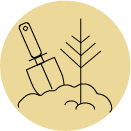
Garden Diagnostics

Rain Gardens

Emerald Ash Borer

Plant Care Guides

Choosing The Right Plants

Gardening Tips
Get Inspired with Our Great Gardens Blog
Looking for more in-depth information on gardening, growing green, container planting, and harvesting? Look no further! Our Great Gardens Blog has everything you need from gardening inspiration and tips to updates on our events and specials!
Guide to Fall Cleanup: Preparing Your Garden for Winter
Enjoying the Garden in Fall Fall is a great time of year to be in your garden. Cooler temperatures make it more comfortable and less stressful for new plantings to establish themselves, and we watch our plants that were [...]
Late Blooming Perennials for Zone 4
As the summer starts to dwindle, so do our gardens. But that doesn’t have to be the case for your garden, as late summer is actually a great time for late blooming perennials to shine. There are many great [...]
Creating Movement in Your Garden with Perennial Grasses and Sedges
As Summer slowly fades away and Fall approaches, we start to notice a change in our gardens. Those colorful blooms we love, start to fade as the plant begins sending all its energy to its storage system in the roots [...]
Watering guide
Watering adequately is the best way you can care for your new plants to ensure they establish strongly, look their best, produce abundant flowers and fruit, and live long, healthy lives.
For plants to develop strong, deep roots, they need proper watering. Rainfall can provide this water, but when it hasn’t, apply supplemental water consistently and deeply following the chart OR the individual plant tag.
Water requirements can change based on temperature, rainfall, season, plant type, and level of establishment.
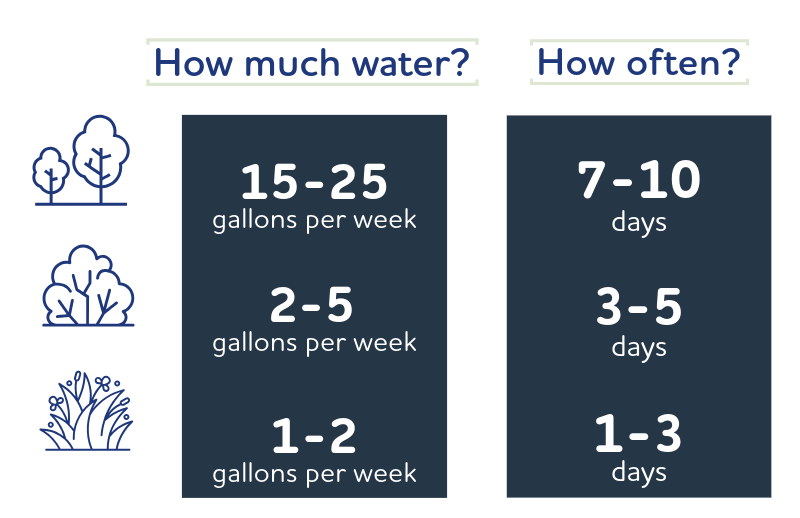
Fertilizing
Fertilizing Trees and Shrubs
For optimal tree and shrub health, consider using a granular slow-release fertilizer. Apply it once in the spring and again in the summer. However, be cautious not to fertilize any later than early August to prevent encouraging new growth before autumn.
This is important because early frosts can damage new, soft growth, impacting the plant’s health the following spring.
Try using: Fertilome Tree & Shrub Food or Jobes Fertilizer Spikes
Fertilizing Annuals and Perennials
Annuals and perennials can benefit from fertilization using either water-soluble, quick-release fertilizers or granular slow-release fertilizers. Water-soluble fertilizers should be applied every two weeks or according to label instructions. On the other hand, controlled, slow-release fertilizers are typically worked into the soil once during the growing season or as directed on the label. Both types of fertilizers can help promote healthy growth and vibrant blooms in your annuals and perennials.
Try using: Miracle Gro Bloom Booster, Greenview Multipurpose Fertilizer, True Organic Annual & Perennial Food
Fertilizing For Newly Seeded or Newly Sodded Lawns
For newly seeded or newly sodded lawns, it’s important to provide the right fertilizer to support healthy establishment. A starter fertilizer with a higher phosphorus content to encourage strong root development is a good choice. For newly seeded lawns, apply fertilizer at the time of seeding and then again about six weeks later. For newly sodded lawns, apply starter fertilizer just before or immediately after laying the sod. After the initial establishment period, you can transition to a regular lawn fertilizer based.
Try using: Fertilome New Lawn Starter Fertilizer or Scott’s Step 1 for Seeding
Fertilizing For Established Lawns
For established lawns, a fertilizer with a nitrogen-phosphorus-potassium (N-P-K) ratio that is high in Nitrogen, low in Phosphorus, and medium in Potassium is a good choice. In early spring as the grass starts to green up, apply a round of fertilizer. A fertilizer with crabgrass preventer is a good choice to prevent weeds from taking hold. Avoid fertilizing in the heat of summer, as this can stress the grass. In fall, apply a fertilizer with a higher potassium content to help the grass prepare for winter and promote root growth. Follow the instructions on the fertilizer package for proper application rates and timing.
- April – May: Fertilome ‘Classic Lawn Food’ or Fertilome ‘For All Seasons II’ Lawn Food Plus Crabgrass and Weed Preventer.
- June – July: Fertilome Weed Out Plus Lawn Fertilizer. Avoid applying in extreme heat or to drought-stricken lawns.
- August – September: Reapply Fertilome ‘Classic Lawn Food’ at least 6 weeks after the last application. Avoid applying in extreme heat or to drought-stricken lawns.
- October: Apply Fertilome Winterizer for Established Lawns
How can we help?
We encourage you to visit the garden center to explore our full offerings and connect with our team of experts. Our team is on hand to help with any questions you have, and can help you with memorials, deliveries, special orders, and tree planting and more…
